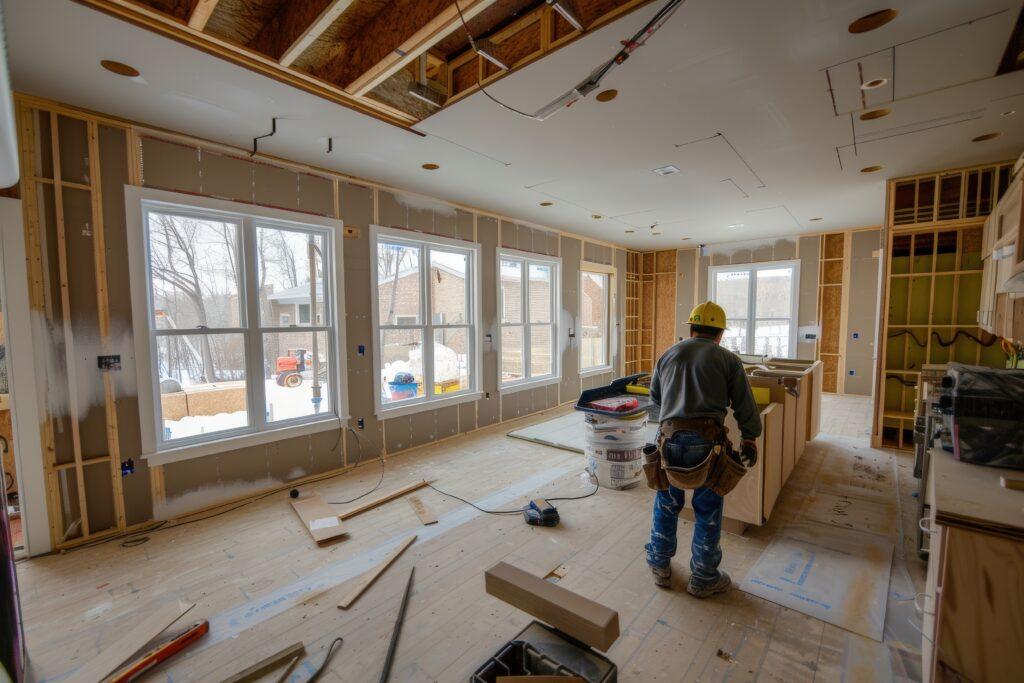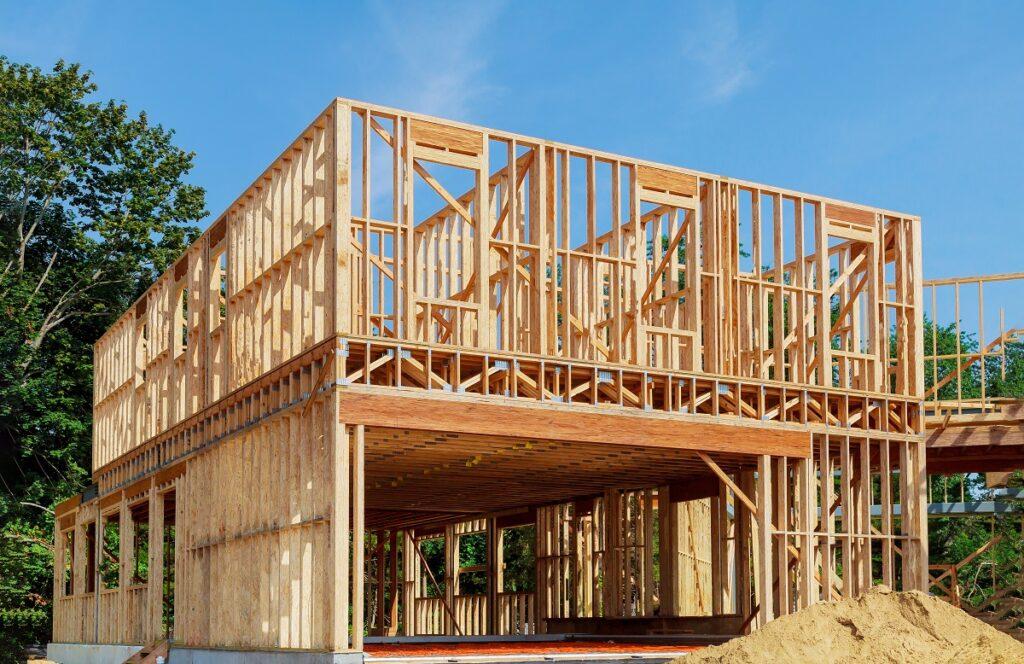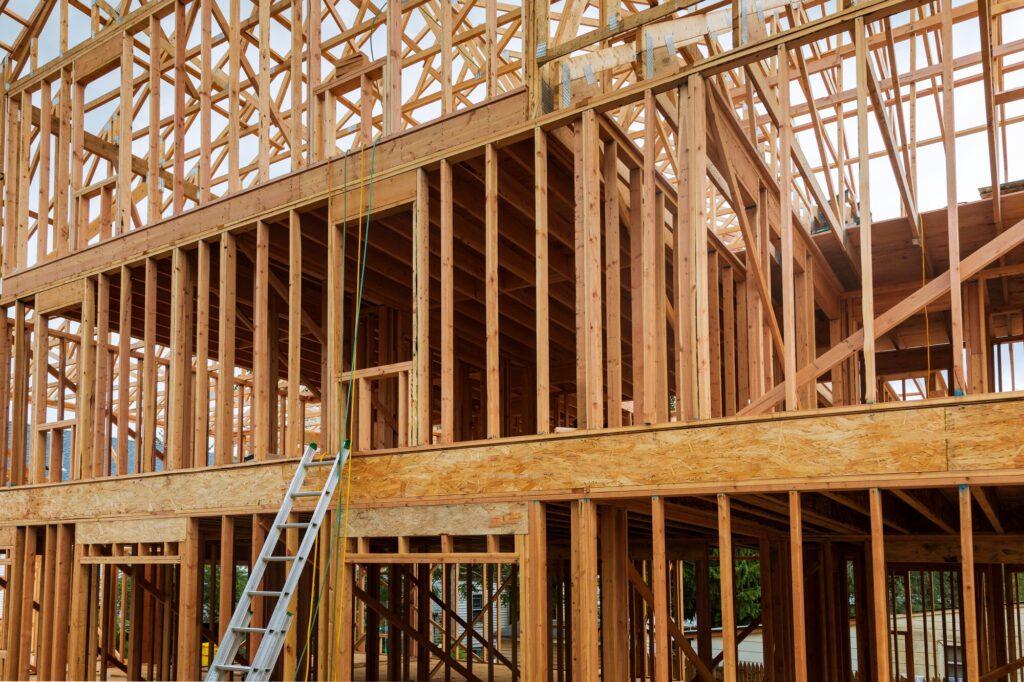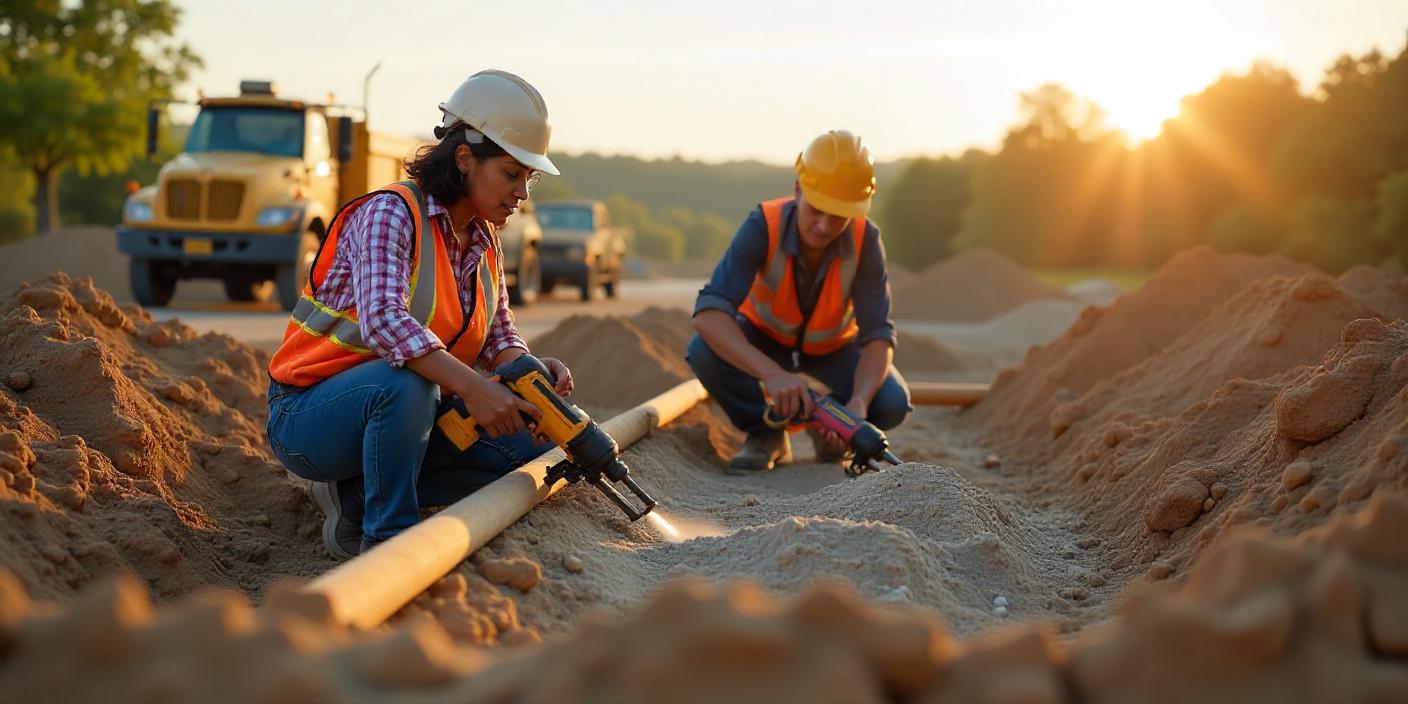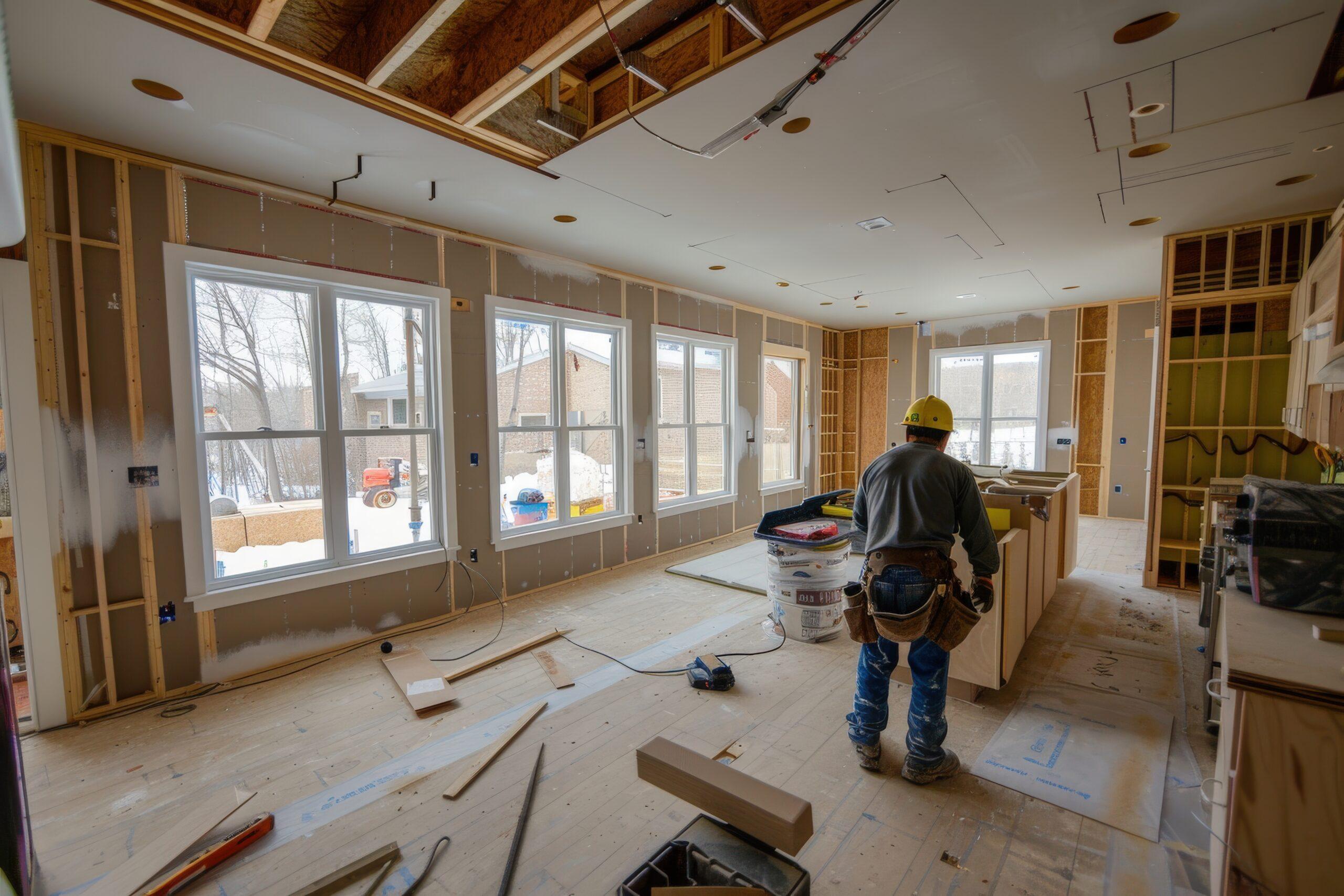Efficient Home Roof Replacement – A Guide to Replacing Your Roof
Introduction
When it comes to maintaining the structural integrity and protecting your home from the elements, your roof plays a crucial role. Over time, roofs can become worn, damaged, or start to show signs of aging. In such cases, it becomes essential to consider a home roof replacement . In this article, we will explore the process of roof replacement,its importance, and the factors to consider when undertaking this significant home improvement project.
Signs of a Damaged Roof
Before diving into roof replacement details, it is essential to identify the signs that indicate your roof may need attention. Some common signs of a damaged roof include:
- Missing or cracked shingles
- Leaks or water stains on the ceiling
- Sagging or drooping sections of the roof
- Excessive granule loss from shingles
- Mold or moss growth on the roof surface
- Increased energy bills due to poor insulation
- Roof age exceeds its expected lifespan
If you notice any of these signs, it’s time to consider a roof replacement to avoid further damage to your home.
Importance of Timely Roof Replacement
A damaged roof can lead to various issues, including water leaks, mold growth, and compromised structural integrity. Timely roof replacement is crucial to prevent these problems and ensure the safety and longevity of your home. Ignoring a damaged roof can result in costly repairs and potential damage to the interior of your property. An outdated or worn-out roof can negatively impact your home’s curb appeal and overall value.
Hiring a Professional Roofing Contractor
Hiring a professional roofing contractor is highly recommended for a significant project like roof replacement. A skilled and experienced contractor can provide expert advice, ensure quality workmanship, and handle the complexities involved in the process. They will assess your roof’s condition, recommend suitable roofing materials, and execute the replacement with precision and efficiency. Researching and choosing a reputable contractor who is licensed, insured, and has positive customer reviews is crucial.
Roofing Materials and Options
Roof replacement allows you to explore different roofing materials and options that suit your preferences, budget, and climate. Common roofing materials include:
- Asphalt shingles: Affordable and versatile, available in various styles and colors.
- Metal roofing: Durable, long-lasting, and environmentally friendly.
- Tile roofing: Provides a classic and elegant look, ideal for specific architectural styles.
- Wood shingles: Offers a natural and rustic appearance but requires regular maintenance.
- Slate roofing: Known for its durability and aesthetic appeal, but comes with a higher price tag.
Each roofing material has its advantages and considerations. Consulting with your roofing contractor can help you decide based on your specific requirements.
Steps Involved in Roof Replacement
Roof replacement typically follows a series of steps to ensure a successful and long-lasting result. Here is an overview of the process:
Preparing for Roof Replacement:
- Clearing the surrounding area and protecting landscaping.
- Obtaining necessary permits and approvals.
Roof Removal and Inspection:
- Removing the existing roof materials.
- Conducting a thorough inspection of the underlying structure.
Installation of New Roofing Materials:
- Repairing or replacing damaged roof deck, if necessary.
- Applying underlayment, flashing, and starter strips.
- Installing new shingles or other chosen roofing material.
Quality Assurance and Inspection:
- Checking for proper installation and addressing any issues.
- Ensuring adequate ventilation and insulation.
Preparing for Roof Replacement
Before the roofing replacement process begins, it’s essential to make necessary preparations to minimize disruptions and ensure a smooth operation. Here are some steps to consider:
- Notify your neighbors: Inform your neighbors about the upcoming roof replacement project to manage any inconvenience caused by noise or debris.
- Clear the work area: Remove any outdoor furniture, vehicles, or other obstacles near the work area to provide ample space for the roofing crew and prevent potential damage.
- Protect vulnerable items: Cover and protect items in the attic or rooms directly below the roof to prevent dust or debris from entering.
- Communicate with your roofing contractor: Maintain open communication with your contractor throughout the process, addressing any concerns or questions you may have.
Roof Removal and Inspection
The first crucial step in roof replacement is the removal of the existing roof. This involves stripping off the old shingles, inspecting the underlying structure for damage, and preparing the surface for the new roofing materials. The inspection helps identify any hidden issues that must be addressed before installing the new roof, ensuring a strong foundation for the replacement.
Installation of New Roofing Materials
After the roof removal and inspection, new roofing materials are installed. This includes applying underlayment, flashing, starter strips, and the chosen roofing material. Professional roofing contractors follow industry best practices to ensure proper installation, focusing on details such as correct nailing patterns, adequate ventilation, and proper sealing.
Quality Assurance and Inspection
Once the roof replacement is complete, performing a thorough quality assurance inspection is essential. This inspection verifies that the new roof has been installed correctly and meets the necessary standards. It involves checking for proper alignment, securing materials, and ensuring proper ventilation and insulation. Any issues or discrepancies are addressed promptly to guarantee the longevity and performance of the new roof.
Additional Roofing Upgrades
During the roof replacement process, you may consider additional roofing upgrades to enhance your roof’s functionality, aesthetics, and efficiency. Some popular upgrades include:
- Skylights or roof windows: Adding natural light and ventilation to your home.
- Gutters and downspouts: Improving water drainage and preventing water damage.
- Roof insulation: Enhancing energy efficiency and reducing heating/cooling costs.
- Solar panels: Harnessing renewable energy and reducing electricity bills.
Discuss these options with your roofing contractor to determine the feasibility and benefits of incorporating them into your roof replacement project.
Benefits of Roof Replacement
Investing in a roof replacement offers several benefits for homeowners:
- Enhanced protection: A new roof protects against water leaks, weather damage, and structural deterioration.
- Increased energy efficiency: Upgrading to energy-efficient materials and proper insulation can reduce energy consumption and lower utility bills.
- Improved curb appeal: A new roof can significantly enhance your home’s visual appeal and value.
- Peace of mind: Knowing that a sturdy and reliable roof protects your home brings peace of mind to homeowners.
Cost of Roof Replacement
The cost of roof replacement varies based on several factors, including the size of your roof, the roofing material chosen, the location, and the complexity of the project. It is essential to obtain multiple quotes from reputable roofing contractors to compare prices and services. While cost is a crucial consideration, it’s important to prioritize quality and expertise over the cheapest option to ensure a successful roof replacement that stands the test of time.
Factors Affecting Roof Replacement Costs
Several factors can influence the cost of a roof replacement project:
- Roof size and complexity: Larger roofs or those with complex architectural features may require more materials, labor, and time, increasing the overall cost.
- Roofing material: Different roofing materials vary in cost, with premium materials often carrying a higher price tag than standard options.
- Accessibility: If your roof is challenging or requires special equipment, it can add to the overall project cost.
- Additional upgrades: Including additional features or upgrades during the roof replacement process will contribute to the overall cost.
Consult with your roofing contractor to understand the factors influencing the cost and develop a budget that aligns with your needs and priorities.
Conclusion
A home roof replacement is a significant investment that ensures the integrity and longevity of your property. You can confidently embark on this home improvement project by recognizing the signs of a damaged roof, hiring a professional contractor, and understanding the steps involved in the process. Remember to consider your preferences, budget, and long-term benefits when selecting roofing materials and exploring additional upgrades. With proper planning and expert guidance, a roof replacement can transform your home’s appearance, increase its value, and provide lasting protection for years.
Frequently Asked Questions (FAQs)
1. How long does a roof replacement typically take? The duration of a roof replacement project depends on various factors, such as the size of the roof, the complexity of the project, and weather conditions. On average, a roof replacement can take anywhere from a few days to a couple of weeks.
2. Can I stay in my home during the roof replacement? In most cases, you can stay in your home during the roof replacement process. However, it’s important to communicate with your roofing contractor and follow their guidelines to ensure safety and minimize disruptions.
3. Are there any eco-friendly roofing options available? Yes, there are several eco-friendly roofing options available, such as metal roofing, solar panels, and cool roofs. These options provide energy efficiency and sustainability benefits, reducing the environmental impact of your home.
4. How often should I have my roof inspected? Regular roof inspections are recommended at least once a year to identify any potential issues early on. Additionally, it’s advisable to have your roof inspected after severe weather events to ensure there is no damage.
5. What warranties should I look for when getting a roof replacement? When getting a roof replacement, it’s important to consider both the manufacturer’s warranty on the roofing materials and the contractor’s workmanship warranty. A reputable contractor will provide warranties to guarantee the quality and durability of the materials used and the installation work.


